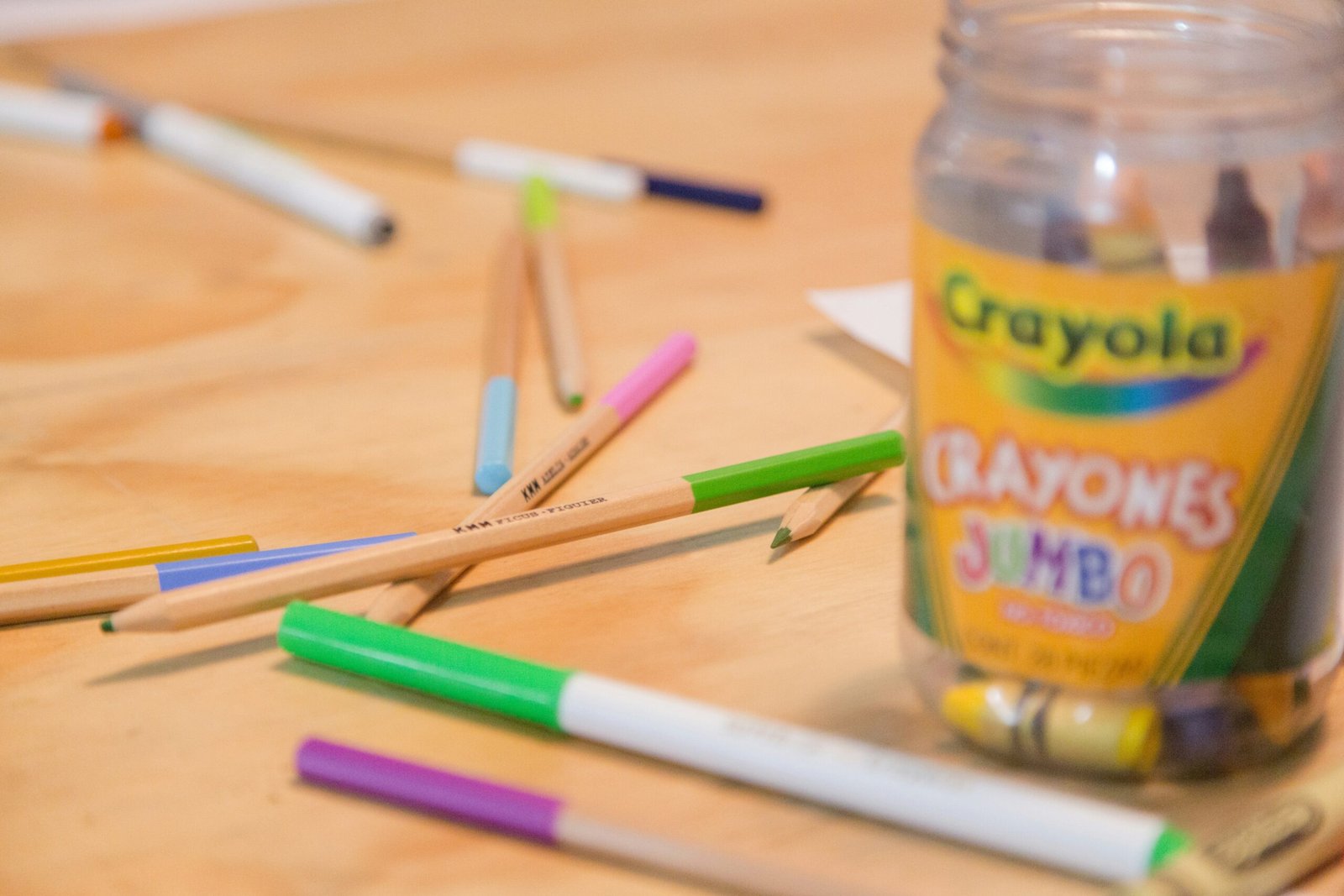Don't miss our holiday offer - up to 50% OFF!

Coloring Cognitive Benefits: Exploring How Coloring Enhances Children’s Brain Development
Coloring activities have been a beloved pastime for children for generations, whether through coloring books or digital apps. However, beyond being an entertaining activity, coloring can significantly impact children’s cognitive development. In this blog post we go through coloring cognitive benefits together!
The Power of Coloring
Coloring isn’t just about filling spaces with colors; it engages multiple senses, stimulates creativity, and fosters cognitive skills in children. Coloring is more than just a fun way to pass the time. It engages multiple senses, stimulates creativity, and promotes cognitive skills. As children pick up their crayons and start coloring, they are not only creating beautiful pictures but also enhancing their cognitive abilities.
Enhancing Fine Motor Skills
Through coloring, children refine their fine motor skills as they hold and manipulate crayons or pencils. This process strengthens hand-eye coordination and finger muscles, essential for tasks like writing and using utensils. Among the first coloring cognitive benefits: enhance motor skills in children and adults.
Coloring requires children to hold and manipulate crayons or colored pencils, which helps develop their fine motor skills. As they carefully color within the lines or create their own designs, they are refining their hand-eye coordination and strengthening their finger muscles.
These fine motor skills are crucial for other activities, such as writing, tying shoelaces, and using utensils. By regularly engaging in coloring activities, children are unknowingly preparing themselves for future tasks that require precise hand movements.

Boosting Creativity and Imagination
Coloring encourages children to explore their creativity by choosing colors, mixing shades, and creating unique combinations. This freedom fosters creativity and imagination, while also developing spatial awareness and visual perception. Other coloring cognitive benefits remarkable: developing your imagination!
Coloring allows children to explore their creativity and imagination. They can choose any color they like, mix and match different shades, and create their own unique combinations. This freedom of expression fosters creativity and encourages children to think outside the box.
Moreover, coloring also helps children develop their spatial awareness and visual perception. They learn to differentiate between different shapes, colors, and patterns, which are essential skills for reading, writing, and solving puzzles.
Promoting Focus and Concentration
When children color, they need to concentrate on staying within the lines and completing the picture. This focus and concentration help improve their attention span, which is crucial for academic success.
Coloring also provides a calming effect, allowing children to relax and focus their minds. It can be particularly beneficial for children with ADHD or those who have difficulty sitting still for extended periods. Coloring requires children to concentrate on staying within lines, enhancing their attention span and focus. Additionally, the calming effect of coloring helps children relax, making it beneficial for those with ADHD or difficulty sitting still.
Stimulating Language and Communication Skills
Engaging in coloring activities provides opportunities for language development as children describe colors, objects, and ideas. Conversations during coloring sessions expand vocabulary, practice speaking skills, and promote positive social interactions.
Coloring activities can also be an excellent opportunity for language development. As children color, they can engage in conversations with their parents, siblings, or friends. They can describe the colors they are using, talk about the objects they are coloring, and share their thoughts and ideas.
These conversations help children expand their vocabulary, practice their speaking skills, and develop their ability to express themselves. It also strengthens their social skills and promotes positive interactions with others.
Choosing the Right Coloring Book
When selecting a coloring book for your child, consider their interests and age level. Look for coloring books that feature their favorite characters, animals, or themes. You can find a wide variety of coloring books on Amazon, which offers a convenient and extensive selection.
Coloring books on Amazon come in various themes, from animals and nature to superheroes and princesses. You can also find educational coloring books that focus on numbers, letters, and shapes, providing an additional opportunity for learning. At Motiv Colors we have coloring books about History and Military machines.
Remember, the goal is to make coloring an enjoyable and educational experience for your child. Encourage them to explore different colors, experiment with different techniques, and let their imagination run wild.
Embracing Coloring for Cognitive Growth
Coloring is not just a simple activity for children; it is a powerful tool for their cognitive development. By engaging in coloring activities, children enhance their fine motor skills, boost their creativity, improve their focus and concentration, stimulate their language and communication skills, and develop their cognitive abilities.
So, the next time your child reaches for a coloring book, embrace the opportunity to nurture their cognitive growth and watch as their imagination soars.



